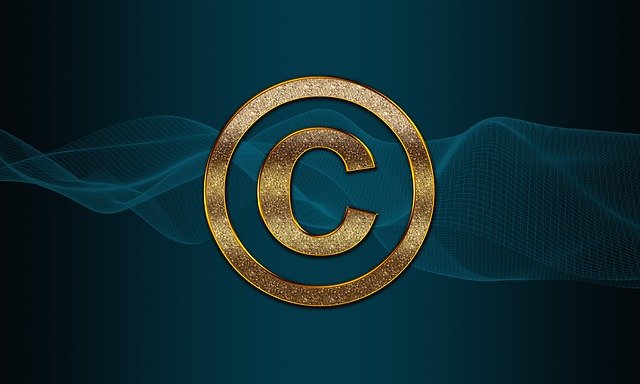If you are putting together a film or video project or simply posting on your social media channels, you need to know and understand what copyright means. As well as this, you’ll need to learn the importance of adhering to the rules that govern it. Failure to do so could prove very costly, and not just financially.
Gone are the days when the casual use of someone else’s material would be overlooked, missed, or accepted. It’s more important than ever to make sure you stay on the right side of the legal ramifications that can follow the use of copyright-protected material.
Clearly, there is a need and purpose to this level of protection. Anyone in the music industry should learn all there is to learn about how to copyright a song or recording, as failing to do so could cost you potential earnings.
Using Copyrighted Material
If you are creating a visual project, anything ranging from a simple social media post all the way up to a feature film, then you’ll need a soundtrack. This can be made up of a musical score, individual tracks, and SFX (sound effects), and the right selection in any of these areas will elevate the overall production.
You may be considering using existing mainstream music in your soundtrack, but in order to do so, you’ll have to get the relevant copyright clearance. Pretty much all recorded music has some level of copyright protection, and in some cases, ascertaining who owns that copyright is in itself a tough task.
If you find the relevant rights holder, you’ll have to secure permission and a license to use their musical output. If this is for commercial usage, the permission will have some additional caveats, and the cost will likely increase.
Talking of costs, the funds needed to clear just a single mainstream song will likely blow your entire budget. This is, of course, less of an issue if you are working for a studio or your commercial project has the right level of financial backing.
Be aware also that even if you have the money needed to use a song or a portion of it, that may not be the end of the matter. If the rights holder doesn’t give their permission, then the financial aspect doesn’t even enter into the equation.
Think about it from the perspective of a popular musical performer or band. If you are not a well-known filmmaker or your usage is low-level in nature, then from their point of view, there may be no good reason to give you permission to use their track.
What About Music That Has No Copyright?
Talk of music that isn’t protected by copyright is something of a fallacy. While it’s true, there is some music that is without copyright, the size of this resource is minimal, to say the least, and there are issues to take into account.
In most cases, the music that is without copyright is due to any existing copyright having expired, and this tends to be in relation to music that is at least 75 years old. This means the style of music involved isn’t likely to fit many modern productions unless, of course, you are putting together a period drama.
Also, factor in that the quality of this output won’t be of the highest standard and isn’t likely to suit your technical needs either. In other words, if you are counting on using this portion of the musical market, you may be sorely disappointed.
So What’s the Alternative?
The increase in the level of visual content production, fueled in part by the rise and expansion of social media and our collective inexhaustible digestion of video content (mainly via our mobile devices), has led to the increase in popularity of royalty-free music. So what is royalty-free music?
Royalty-free music is music offered by specific providers via site interfaces and apps. It’s music created by singers, DJs, bands, and musicians who align themselves to a particular provider. This content is then available to those who subscribe to the service, and all of this is available with a cover-all license, meaning you can use it in any way you see fit.
This content is usually packaged in databases that you sift through in order to find music that fits a certain style, niche, or mood. This makes it easy for editors, producers, and directors to find precisely the track they are looking for.
The best providers in this field offer tens of thousands of tracks and regularly add more content, all of which are yours to use when you download the high-quality recorded track.
An additional bonus is that many of the better royalty-free music providers offer large SFX suites, which of course, offers great benefits for filmmakers and means you can score your entire production from one online location.
On top of the benefits to users, it’s important to note how royalty-free music has proven a real plus for the music industry as a whole. It’s well known that musical performers have suffered a large dip in income in recent years.
Firstly there was the impact of the internet on the physical sales of CDs and records due to the availability of pirated material online. Then there was the impact of the coronavirus pandemic on the live music scene.
This has proven a death knell to many artists. Still, royalty-free music offers performers a steady income and the possibility of added exposure they can garner from the attachment of their work to a successful film or a social media post that goes viral.
Fast-Growing Industry
As royalty-free music continues its rapid growth, so the quality of the industry continually improves, and that in itself creates added incentives for those who are considering using the service to score their projects. There has never been a better time to sign-up for a subscription with a royalty-free music provider, and once you do so, you’ll instantly note the savings in cost and time that it creates.
Disclosure: We might earn commission from qualifying purchases. The commission help keep the rest of my content free, so thank you!




